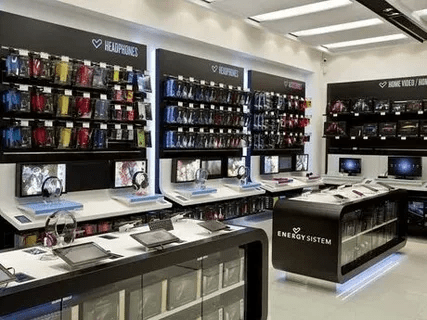Establishing a strong partnership with a cut and sew manufacturer is essential for businesses aiming to create custom apparel. Whether you’re launching a clothing line or adding unique merchandise to your brand’s offerings, working with the right manufacturer can ensure quality, efficiency, and long-term success. Here’s a comprehensive guide to building and maintaining a successful partnership with a cut and sew manufacturer.
- Understand Your Needs
Before approaching a manufacturer, clarify your business objectives and product requirements.
- Define Your Vision: Outline the type of garments, fabric preferences, and design details you need.
- Set a Budget: Determine how much you’re willing to invest in production, including sample creation and bulk orders.
- Volume Expectations: Decide on order quantities, ensuring they align with the manufacturer’s minimum order requirements.
- Research and Select the Right Manufacturer
Finding a reliable manufacturer involves thorough research and vetting.
- Check Portfolios: Look for manufacturers with experience in producing garments similar to your requirements.
- Request Samples: Evaluate the quality of their work by asking for sample products.
- Verify Credentials: Research their reputation through online reviews, testimonials, and industry references.
- Assess Communication: Choose a manufacturer that responds promptly and clearly to your inquiries.
- Prioritize Transparent Communication
Open and consistent communication is the backbone of a successful partnership.
- Clearly Communicate Expectations: Share detailed tech packs, including design sketches, fabric types, and measurements.
- Establish Timelines: Set realistic deadlines for each stage of production, from prototyping to delivery.
- Discuss Challenges: Address potential issues early, such as fabric availability or production delays.
- Build Trust Through Collaboration
A strong partnership thrives on mutual respect and trust.
- Treat Them as Partners, Not Vendors: A collaborative approach fosters innovation and problem-solving.
- Welcome Feedback: Manufacturers often have valuable insights on improving designs or production efficiency.
- Acknowledge Their Expertise: Show appreciation for their skills and experience, especially during negotiations.
- Negotiate Terms Effectively
Clear agreements reduce misunderstandings and ensure a smoother working relationship.
- Pricing: Discuss costs per unit, sample fees, and payment schedules upfront.
- Contracts: Draft a detailed agreement covering order specifications, delivery timelines, and quality standards.
- Revisions: Agree on the process and costs for design modifications or production changes.
- Conduct Quality Checks
Maintaining quality standards is critical to the success of your product line.
- Inspect Prototypes: Evaluate prototypes thoroughly before approving bulk production.
- Monitor Production: Stay involved during manufacturing to ensure consistency with your specifications.
- Third-Party Quality Control: Consider hiring a third-party inspector for large orders to verify quality before shipping.
- Leverage Long-Term Relationships
Strong relationships with your manufacturer can lead to better outcomes over time.
- Order Consistently: Regular business builds trust and may result in discounts or priority treatment.
- Provide Constructive Feedback: Share suggestions for improvement in a respectful manner.
- Explore Growth Opportunities: Collaborate on expanding product ranges or improving production processes.
- Stay Adaptable
Flexibility helps you navigate challenges and evolve with market demands.
- Embrace Innovations: Be open to new materials, techniques, or trends suggested by your manufacturer.
- Prepare for Changes: Understand that factors like supply chain issues or seasonal demand can impact timelines.
- Evaluate Partnerships Regularly: Periodically assess the manufacturer’s performance and your evolving needs.
Conclusion
Building a successful partnership with a cut and sew manufacturer requires a clear understanding of your goals, transparent communication, and mutual trust. By investing time in research, fostering collaboration, and maintaining high standards, you can create a lasting relationship that ensures the quality and success of your clothing line.
A strong partnership is not just about fulfilling orders—it’s about creating a shared vision for growth and innovation. With the right manufacturer, your brand can achieve its full potential in the competitive world of custom apparel.










































































































































































































































































































































































































































































































































































































































































































































































































































